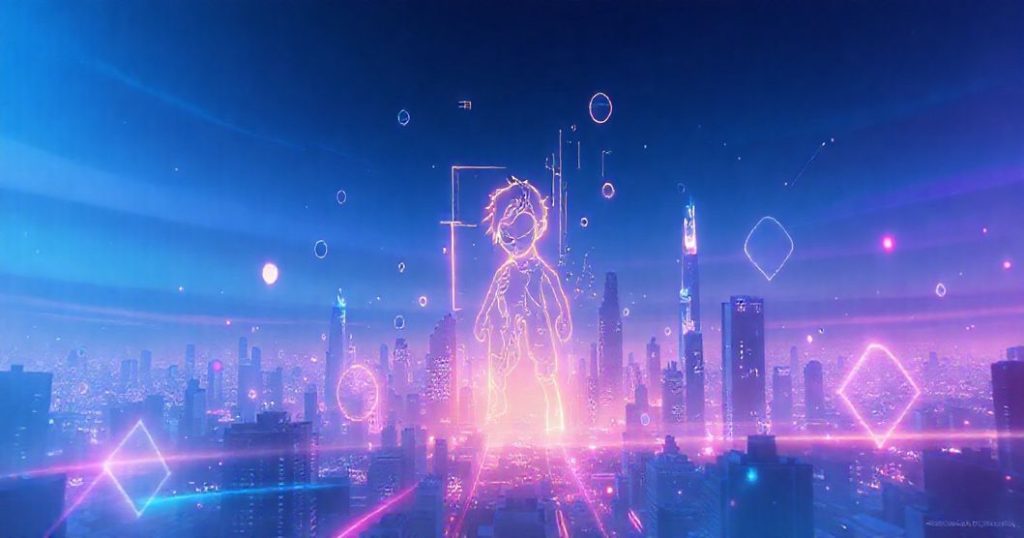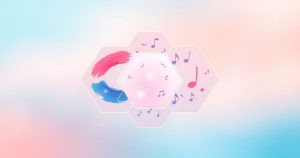Revolutionizing Video Game Concept Art with AI Image Generators
The world of video game concept art has undergone a significant transformation with the advent of AI image generators. These sophisticated tools have made it possible for creators to produce stunning, professional-grade visuals in a matter of seconds, rather than hours or days. In this comprehensive guide, we’ll delve into the world of AI image generation for video game concept art, exploring its benefits, techniques, and best practices.
One of the most significant advantages of AI image generators is their ability to democratize the creative process. With these tools, aspiring creators can now produce high-quality visuals without requiring extensive training or experience in design software. This has opened up new avenues for indie game developers, small studios, and individual artists, enabling them to create compelling concept art that rivals that of larger, more established studios. For instance, the free AI image generator provided by Icebox AI has been instrumental in helping many creators bring their ideas to life.
However, the process of creating effective prompts is crucial to achieving the desired results. A well-crafted prompt should be descriptive, contextual, and concise, providing the AI with a clear understanding of the desired outcome. This is where the art of prompt engineering comes into play, requiring a deep understanding of the AI’s strengths, limitations, and nuances. As research has shown, the quality of the prompt directly impacts the quality of the generated image.
Understanding How AI Image Generators Work
AI image generators operate by leveraging sophisticated neural networks trained on vast datasets of images and text. These models learn to recognize patterns, relationships, and contexts, enabling them to generate new images that match the provided prompt. The process involves a complex interplay of algorithms, including generative adversarial networks (GANs), variational autoencoders (VAEs), and transformers. Each of these components plays a critical role in the image generation process, and understanding their functions is essential for optimizing results. According to Stability AI, the developers of Stable Diffusion, this technology has the potential to revolutionize the field of computer vision.
The choice of AI model is also crucial, as different models excel in various areas, such as photorealism, stylization, or animation. Some models, like DALL-E and Midjourney, have gained popularity for their ability to generate highly realistic images, while others, like Stable Diffusion, are known for their flexibility and customizability. By selecting the right model for the task at hand, creators can achieve more accurate and effective results. For more information on the different models and their applications, visit Hugging Face.
Practical Applications of AI Image Generators in Video Game Concept Art
AI image generators have numerous practical applications in video game concept art, ranging from character design to environment creation. These tools can help creators rapidly prototype and explore different ideas, saving time and resources in the process. By generating multiple iterations of a concept, artists can refine their ideas, identify potential issues, and make data-driven decisions about their designs. This streamlined workflow enables teams to focus on the creative aspects of game development, rather than getting bogged down in tedious manual tasks. As TechCrunch notes, the use of AI in game development is becoming increasingly prevalent.
Furthermore, AI image generators can facilitate collaboration among team members, enabling them to communicate their ideas more effectively. By sharing generated images, artists can convey their vision to other stakeholders, ensuring that everyone is on the same page. This enhanced communication helps to reduce misinterpretations, streamline the feedback loop, and ultimately leads to better, more cohesive game designs. For a deeper dive into the benefits of AI-powered collaboration, check out Wired.
Best Practices for Using AI Image Generators in Video Game Concept Art
To get the most out of AI image generators, it’s essential to follow best practices and guidelines. This includes crafting well-structured prompts, selecting the right AI model, and refining the generated images through post-processing techniques. Creators should also be aware of the limitations and potential biases of the AI, taking steps to mitigate these issues and ensure that the generated images meet their needs. As the Stable Diffusion community notes, the key to success lies in understanding the intricacies of the technology and adapting to its unique characteristics.
In addition to these technical considerations, it’s crucial to address the creative and artistic aspects of AI image generation. By embracing the AI as a collaborative tool, rather than a replacement for human creativity, artists can unlock new levels of innovation and expression. This synergy between human and machine can lead to unprecedented breakthroughs in video game concept art, pushing the boundaries of what is possible and redefining the medium. For more insights into the creative potential of AI, visit Behance.
Conclusion
In conclusion, AI image generators have revolutionized the field of video game concept art, offering a powerful tool for creators to bring their ideas to life. By understanding the technology, its applications, and best practices, artists can harness the full potential of AI image generation, streamlining their workflow, and producing stunning, professional-grade visuals. As the technology continues to evolve, it’s essential to stay up-to-date with the latest developments, exploring new ways to integrate AI into the creative process. Whether you’re an experienced artist or just starting out, AI image generators are an indispensable resource for anyone looking to push the boundaries of video game concept art. To get started with AI image generation, visit Icebox AI and discover the endless possibilities of this revolutionary technology.
Frequently Asked Questions
Q: Can I use AI-generated images for commercial purposes?
A: Yes, you can use AI-generated images for commercial purposes, but the specifics depend on the platform’s terms of service and the licensing model they employ. Most modern AI image generators, including free platforms like Icebox AI, provide commercial usage rights for images you create, though some may require attribution or impose restrictions on certain use cases like merchandise or resale. Before using any AI-generated image commercially, always review the platform’s terms of service, as rules vary significantly between providers.
Q: How do I get started with AI image generation for video game concept art?
A: To get started with AI image generation for video game concept art, begin by selecting a suitable AI model and platform, such as Icebox AI. Next, craft a well-structured prompt that describes your desired outcome, taking into account the AI’s strengths and limitations. Refine the generated image through post-processing techniques, and iterate on the design until you achieve the desired result. Don’t be afraid to experiment and try new things – the key to success lies in understanding the technology and adapting to its unique characteristics.



